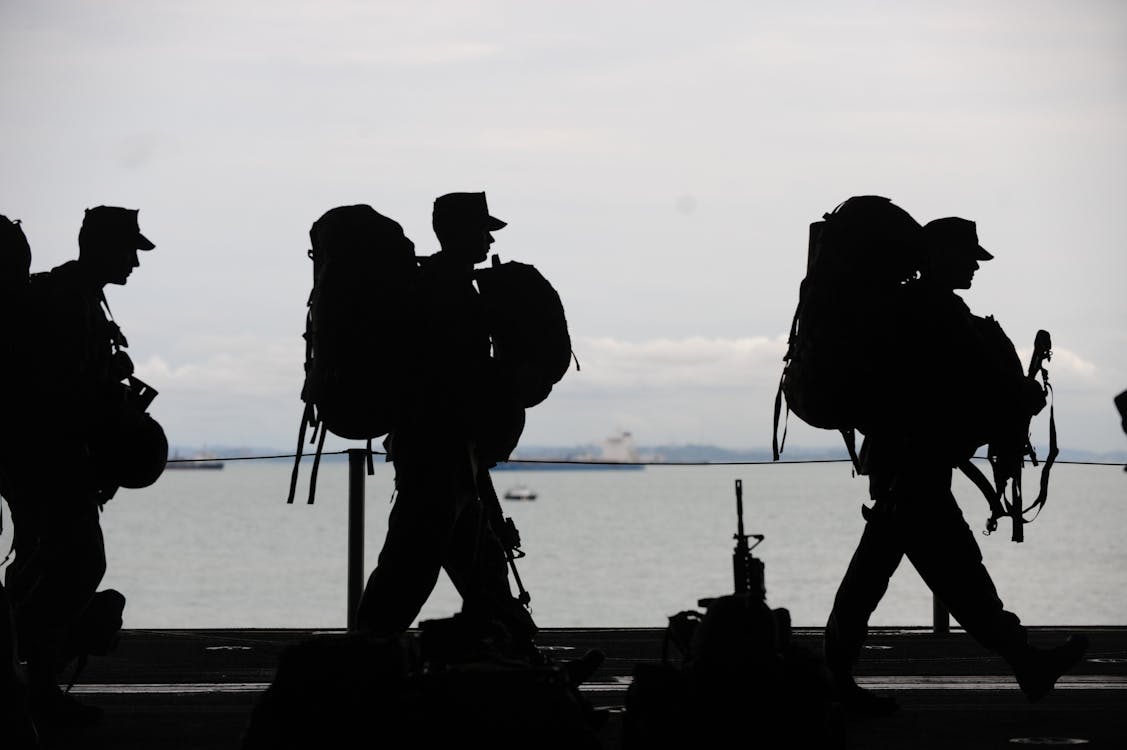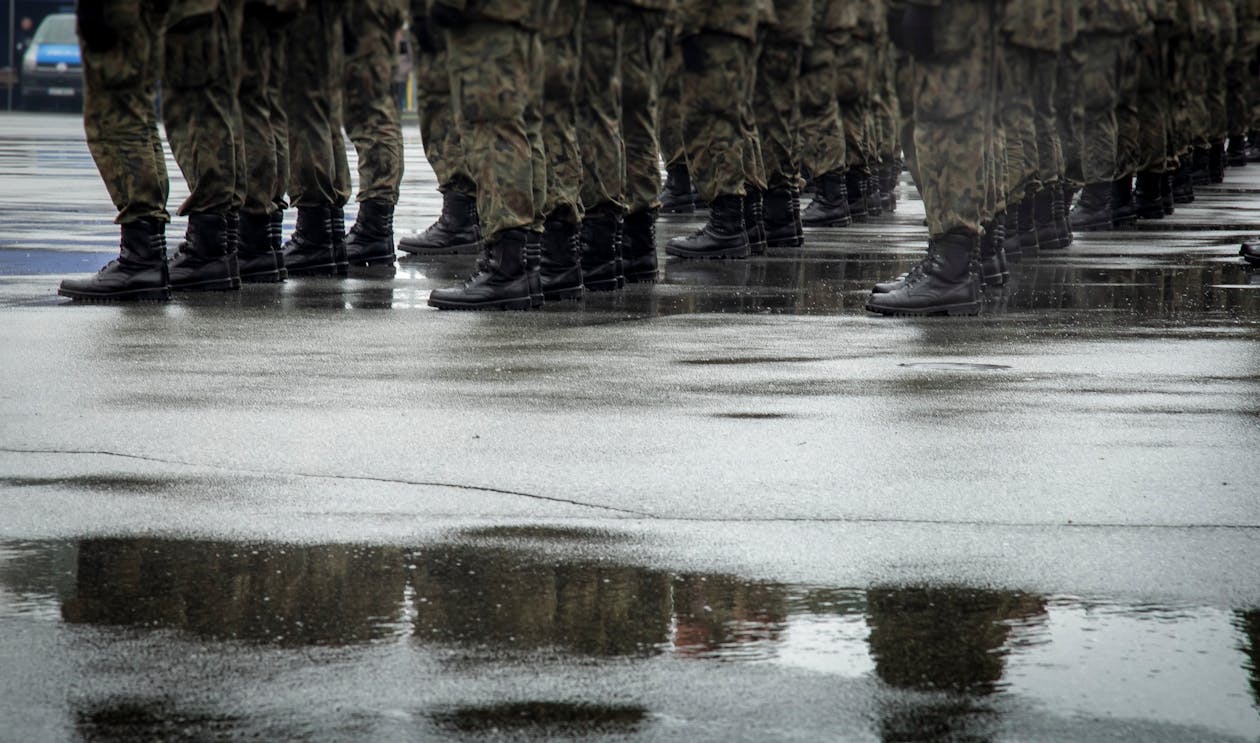My dad and I went to a piece of The Atlantic Wall yesterday as we both have always been interested in anything war related. We both find it important to visit such places and relive the history (for as far as possible). I’ve visited multiple museums and spots like concentration camps, bunkers etc. But instead of showing what we saw, I’m gonna write a post with facts about this. Because what I already knew and learned new yesterday, is something I find important sharing to keep the stories about the war alive. So, without further ado: let’s dive into it.
- Amount of time to build
It took more than 2 years to build the Atlantic Wall. The order to build the Atlantic Wall was issued on March 23, 1942 in the famous ‘Directive 40.’ The plan called for the construction of 15,000 separate concrete emplacements to be manned by 300,000 soldiers (both German troops and foreign conscripts). Since no one knew where the invasion would occur, the whole of occupied Europe’s Atlantic coastline was to be fortified. Astoundingly, Hitler wanted the work completed by May 1, 1943.
2. How many walls?
It wasn’t just one wall, it was way more than one. The wall was really a three-tier system of fortifications running almost 2,000 miles from the Franco-Spanish border all the way to the northern tip of Norway. Strategic port cities like Cherbourg, Brest and Antwerp were to become fortresses; the most heavily defended installations. Sites of secondary importance (lesser ports, military installations, radar stations) were protected by strong points, which would be guarded by batteries and gun positions under independent command. The third level of defences consisted of resistance nests. These less hardened installations featured interconnected bunkers and medium caliber guns.
3. A huge engineering project
Approximately 1.2 million tons of steel went into the Atlantic Wall. That’s enough to build more than 20,000 Tiger tanks. The Nazis also poured 17 million cubic metres of concrete into the defences. The cost to lay down just the French portion of the Atlantic Wall was 3.7 billion Reichsmarks, an estimated $206 billion in dollars.

4. An army of workers
More than 260,000 workers helped to build the Atlantic Wall. Only 10 percent of these men were German. Albert Speer’s Organisation Todt directed the construction using thousands of forced labourers as well as many poorly paid local men.
5. Weaponry
The guns that grew out of the Atlantic Wall were a confusing mixture of sizes and calibres rushed in from all over Europe. They ranged from naval guns that were cut away from decommissioned French and German warships, to captured artillery pieces of Czech and French origin. Servicing and supplying ammunition to this array of weaponry would become a logistical nightmare for the Axis.
6. Murder to assault
By the summer of 1944, the Nazis had laid more than 5 million mines along the Atlantic Wall. German gun crews spent months pre-sighting anticipated landing areas and constantly rehearsed pouring artillery, mortar and machine-gun fire onto these designated killing zones.

7. Unimpressed
The commander to first oversee the defences was Field Marshall Karl Gerd von Rundstedt, a 69-year-old career soldier who won fame in 1940 for outflanking the Maginot Line, which led to the collapse of France. He’d now preside over the building of an even more massive series of fixed fortifications. In late 1943, when Field Marshal Erwin Rommel inspected the Atlantic Wall for the first time, he thought the enterprise a giant farce. He described Hitler’s strategy for defence as something out of ‘cloud cuckoo land.’
8. D-Day
It was defeated in a matter of minutes on this historical day. The wall was famously breached along the Normandy coastline in mere hours on June 6, 1944. Thanks in part to an Allied campaign of deception, Hitler was adamant that the massive operation on D-Day was only a feint and that the real blow would land elsewhere, namely at the Pas de Calais. Within days, the British, French, Americans and Canadians had secured their beachheads through which millions of fresh troops soon poured into Europe. Within 11 months, Berlin was in Allied hands.
9. Unofficial monument of war
After 1945, the people of France felt that the abandoned defences were an unpleasant symbol of the occupation and started to break it apart. Efforts to reclaim the coastline would still take years. It wasn’t until decades later that the public began to preserve sections of the Atlantic Wall for posterity. Many of the fortifications still stand and draw thousands of tourists.

Love, Deem/Skye Lewis ❤
You can also follow me on Facebook, Twitter, Instagram and Twitch
Image source: Pexels

I want more war facts ^^
LikeLiked by 1 person
That can be arranged!
LikeLike
My god, those poor men who had to build all of that…
LikeLiked by 1 person
I know, it’s awful..
LikeLike
I can’t imagine what it feels like to live in that era. It always feels so weird whenever I visit such places
LikeLiked by 1 person
Me neither and me too
LikeLike
I’ve always wanted to go see Normandy and Omaha
LikeLiked by 1 person
Same!
LikeLike
I find it important that such history keeps being shared, so thank you!
LikeLiked by 1 person
As do I!
LikeLike
Interesting to know, thank you for sharing!
LikeLiked by 1 person
You’re welcome!
LikeLike